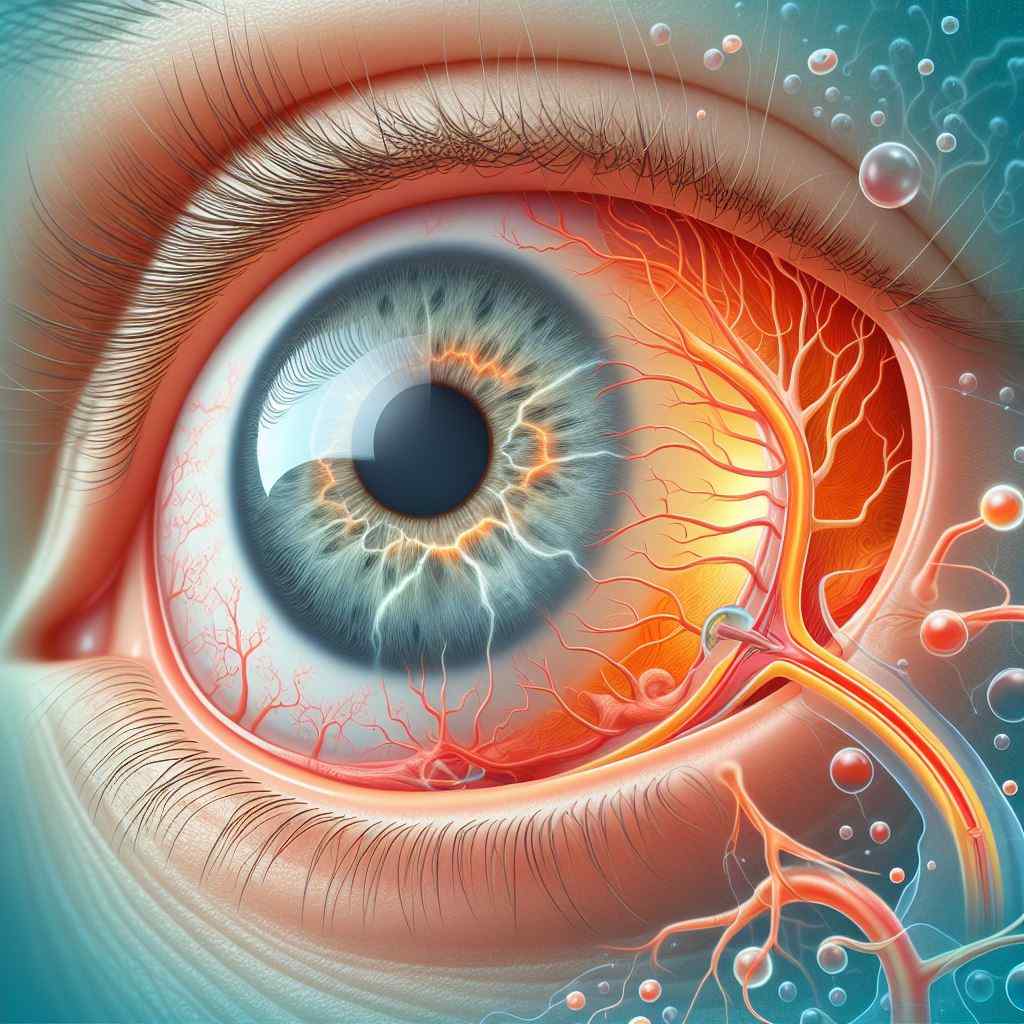
Understanding Glaucoma: Etiology, Diagnosis, Treatment, and Recent Advancements
Abstract: Glaucoma, a leading cause of irreversible blindness worldwide, poses significant challenges in diagnosis and management due to its complex pathophysiology and diverse clinical presentations. This article offers a comprehensive overview of glaucoma, delving into its etiology, pathogenesis, clinical manifestations, diagnostic modalities, treatment options, and recent advancements in the field. By enhancing our understanding of glaucoma, ophthalmologists can improve patient care, mitigate vision loss, and stay abreast of the latest developments in this critical area of ophthalmic medicine.
Introduction: Glaucoma represents a formidable public health concern, affecting millions of individuals globally and exerting a substantial burden on healthcare systems. Characterized by progressive optic nerve damage and visual field loss, glaucoma encompasses a spectrum of disorders with diverse etiologies, including primary open-angle glaucoma (POAG), angle-closure glaucoma, and secondary glaucomas. Despite its silent onset and insidious progression, timely detection and appropriate management are paramount in preserving visual function and quality of life.
Etiology and Pathogenesis: Glaucoma pathogenesis involves intricate interplay among various factors, including elevated intraocular pressure (IOP), impaired ocular blood flow, genetic predisposition, and neurodegenerative processes. While elevated IOP remains a major risk factor for glaucoma development and progression, emerging evidence suggests multifactorial contributions, implicating vascular dysregulation, oxidative stress, and neuroinflammation in disease pathophysiology.
Clinical Manifestations: Clinical manifestations of glaucoma are diverse and often insidious, with many patients remaining asymptomatic until advanced stages of the disease. Common signs include optic disc cupping, visual field defects, elevated IOP, and characteristic changes on optical coherence tomography (OCT) imaging. Early detection through comprehensive ocular examination, including measurement of IOP, assessment of optic nerve head morphology, and perimetry, is crucial for timely intervention and vision preservation.
Diagnostic Modalities: Accurate diagnosis of glaucoma relies on a combination of clinical evaluation and specialized diagnostic tests. Key diagnostic modalities include Goldmann applanation tonometry for IOP measurement, fundus examination for optic nerve assessment, visual field testing (e.g., Humphrey perimetry) for detecting functional loss, and OCT for evaluating retinal nerve fiber layer thickness and optic disc morphology.
Treatment Options: Management of glaucoma aims to lower IOP and halt disease progression to prevent irreversible vision loss. Treatment modalities encompass pharmacotherapy, laser therapy, and surgical interventions, tailored to individual patient characteristics and disease severity. First-line pharmacological agents such as prostaglandin analogs, beta-blockers, alpha agonists, and carbonic anhydrase inhibitors are commonly used to reduce IOP, with adjunctive therapies including selective laser trabeculoplasty (SLT) and minimally invasive glaucoma surgery (MIGS) offering additional options for IOP control.
Recent Advancements: Recent innovations in glaucoma management have focused on enhancing treatment efficacy, minimizing side effects, and improving patient adherence. Novel drug delivery systems, such as sustained-release implants and nanoparticle formulations, hold promise for prolonged IOP control with reduced treatment burden. Additionally, advances in imaging technologies, including OCT angiography and wide-field retinal imaging, offer new insights into disease pathophysiology and enable early detection of glaucomatous changes.
Conclusion: Glaucoma remains a significant global health challenge, necessitating ongoing efforts to enhance early detection, optimize treatment strategies, and advance therapeutic interventions. By staying informed about the latest developments in glaucoma research and clinical practice, ophthalmologists can effectively manage this sight-threatening condition, ultimately improving patient outcomes and quality of life.
For further reading and reference:
- American Academy of Ophthalmology – Glaucoma: https://www.aao.org/eye-health/diseases/what-is-glaucoma
- Glaucoma Research Foundation: https://www.glaucoma.org/
- National Eye Institute – Glaucoma Information: https://www.nei.nih.gov/learn-about-eye-health/eye-conditions-and-diseases/glaucoma


